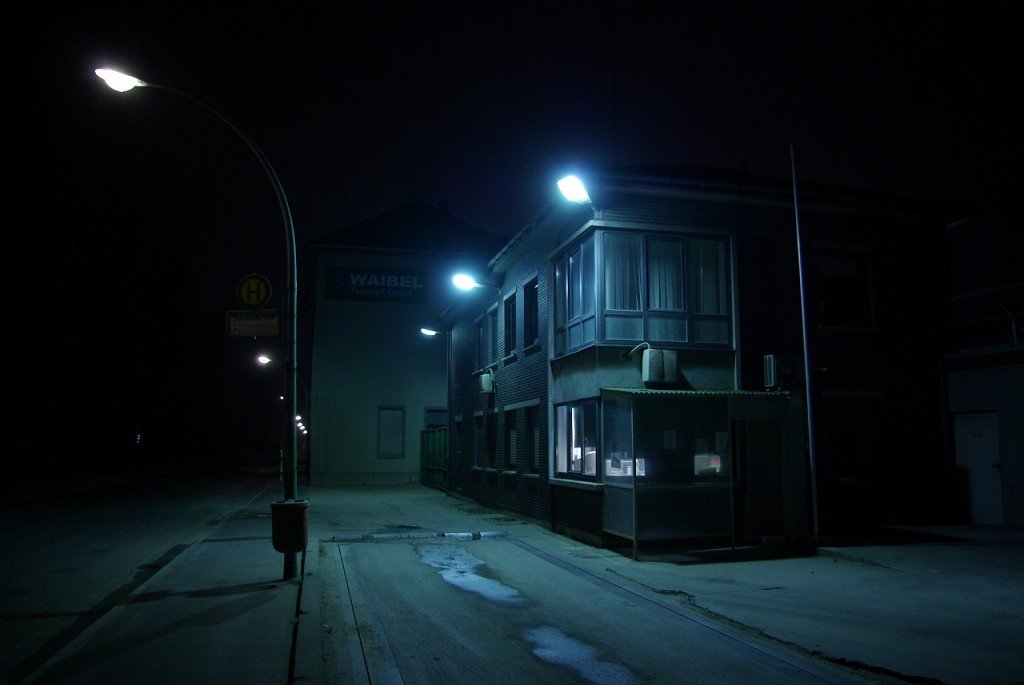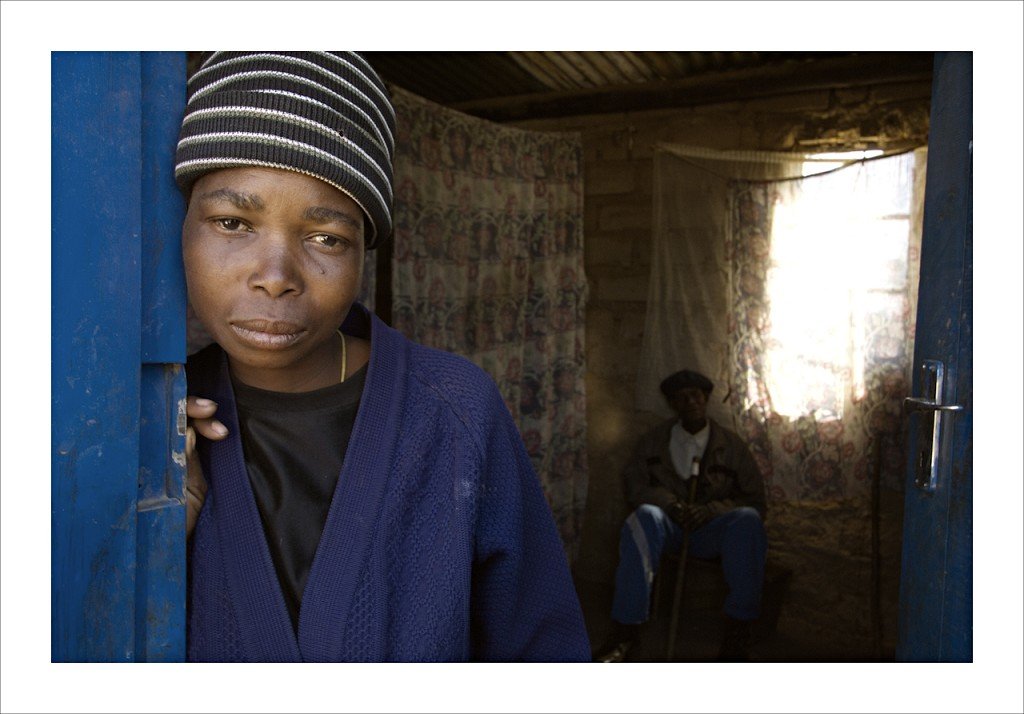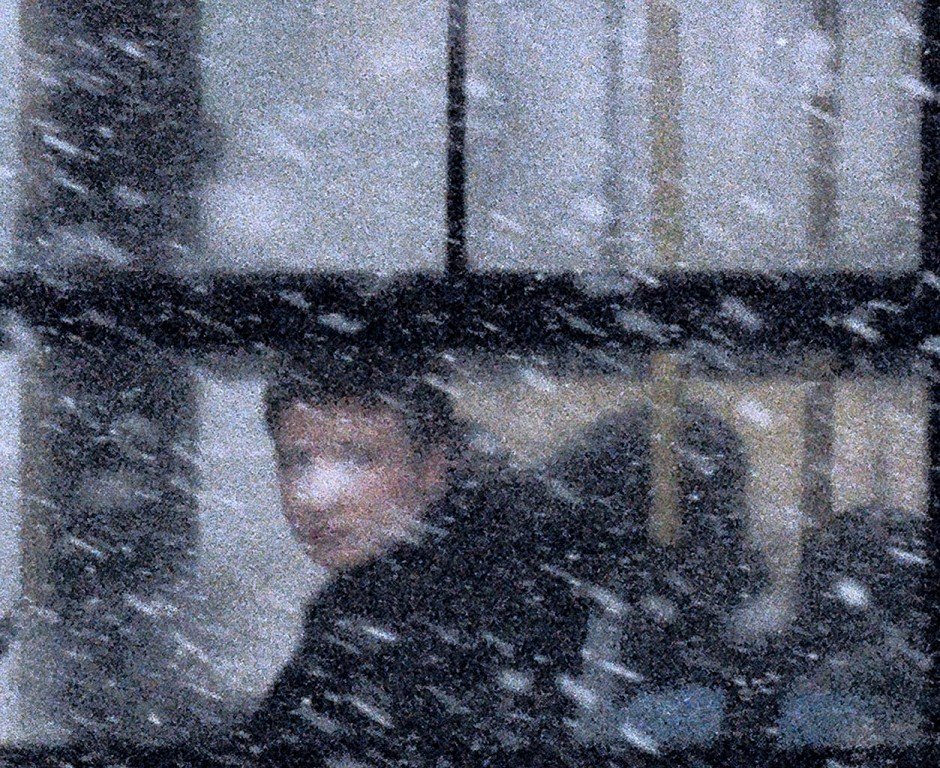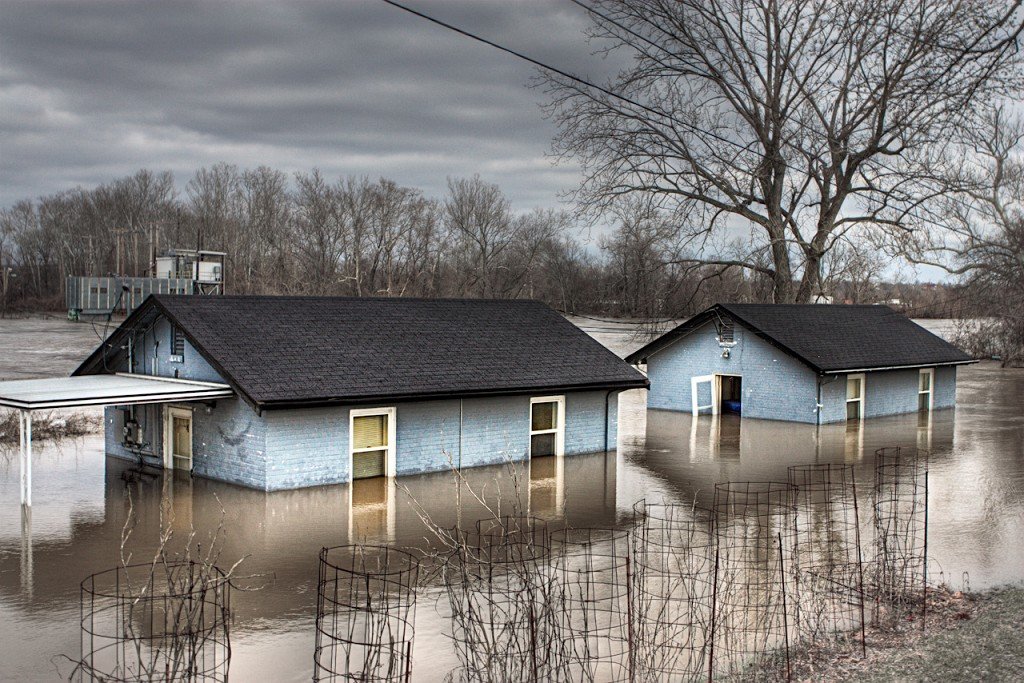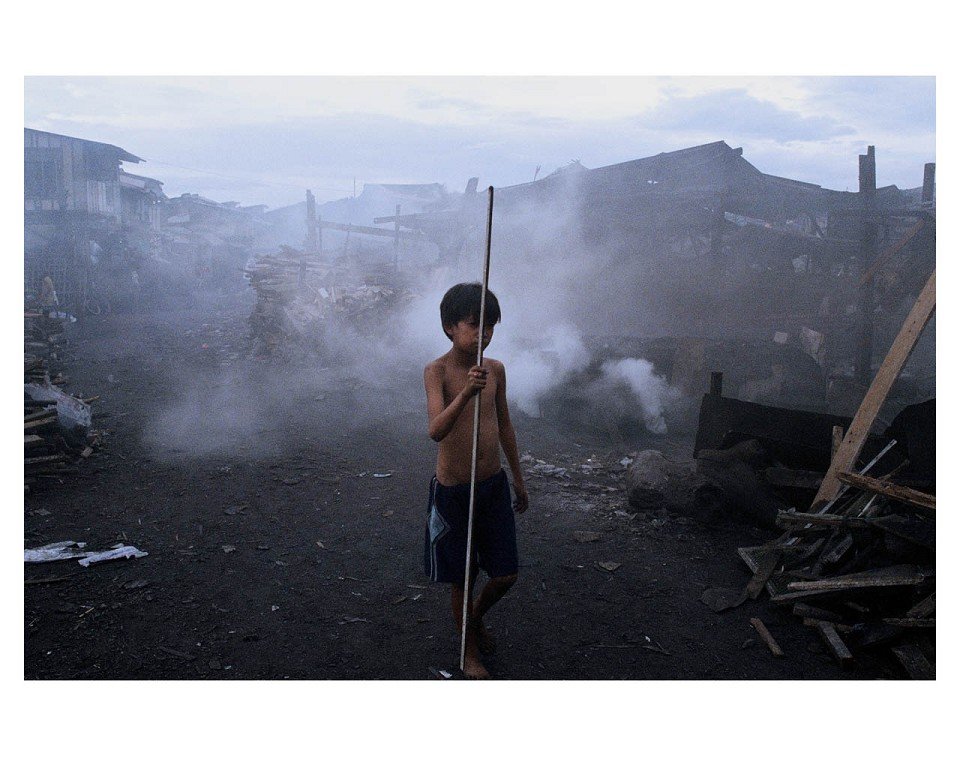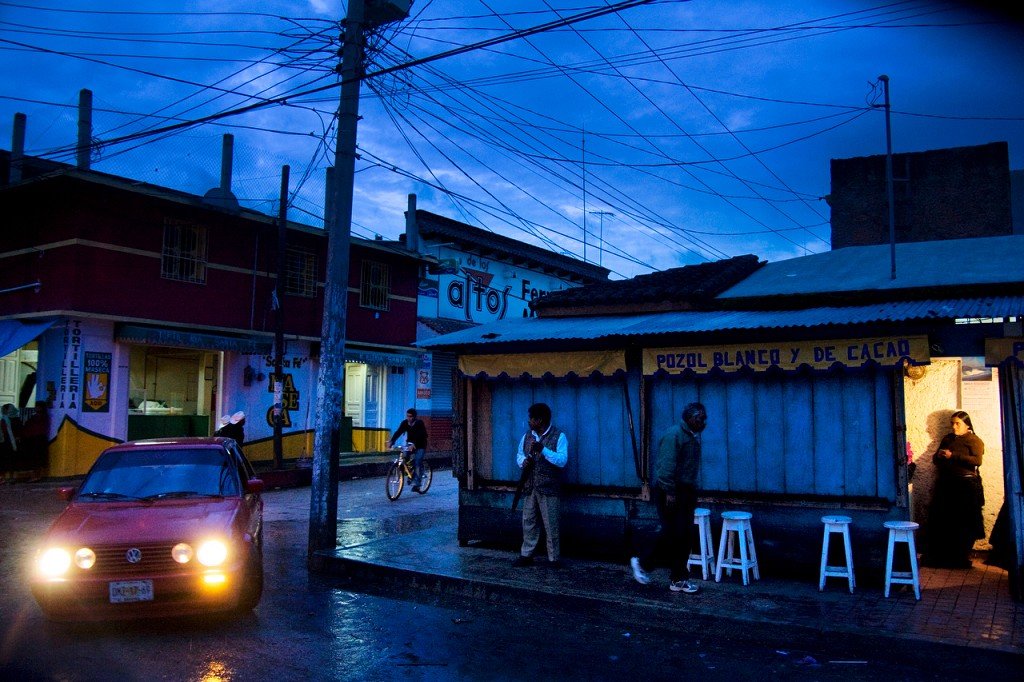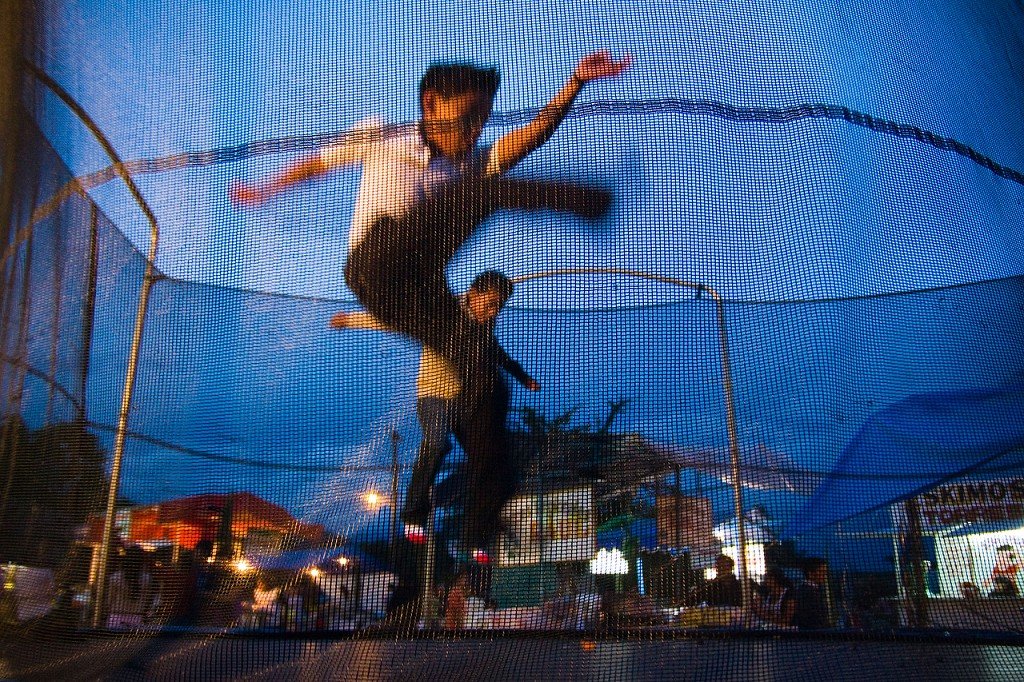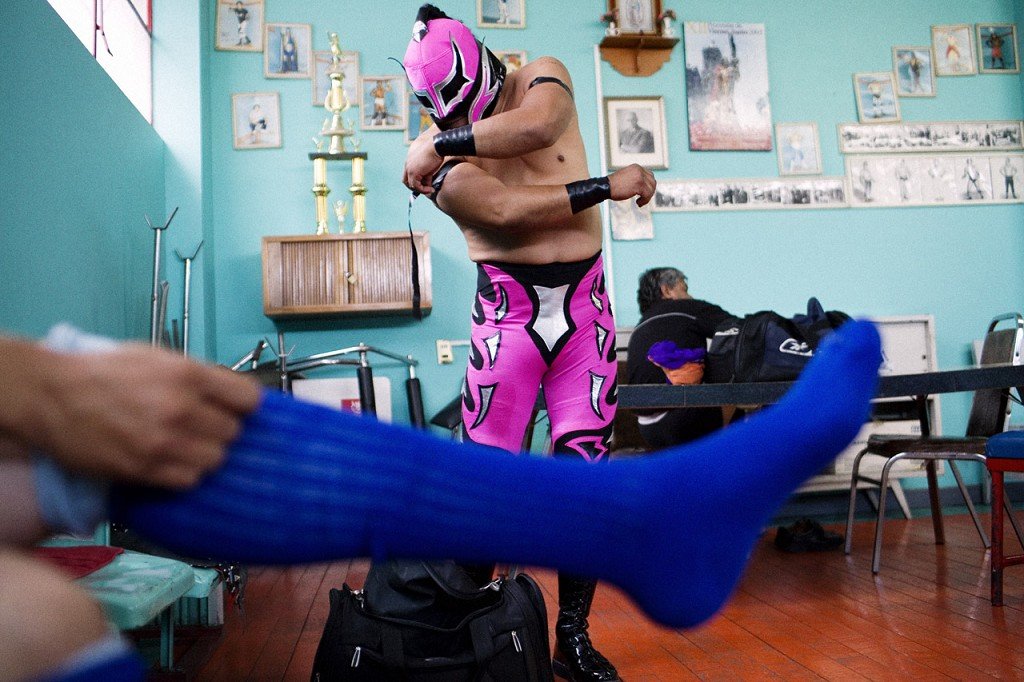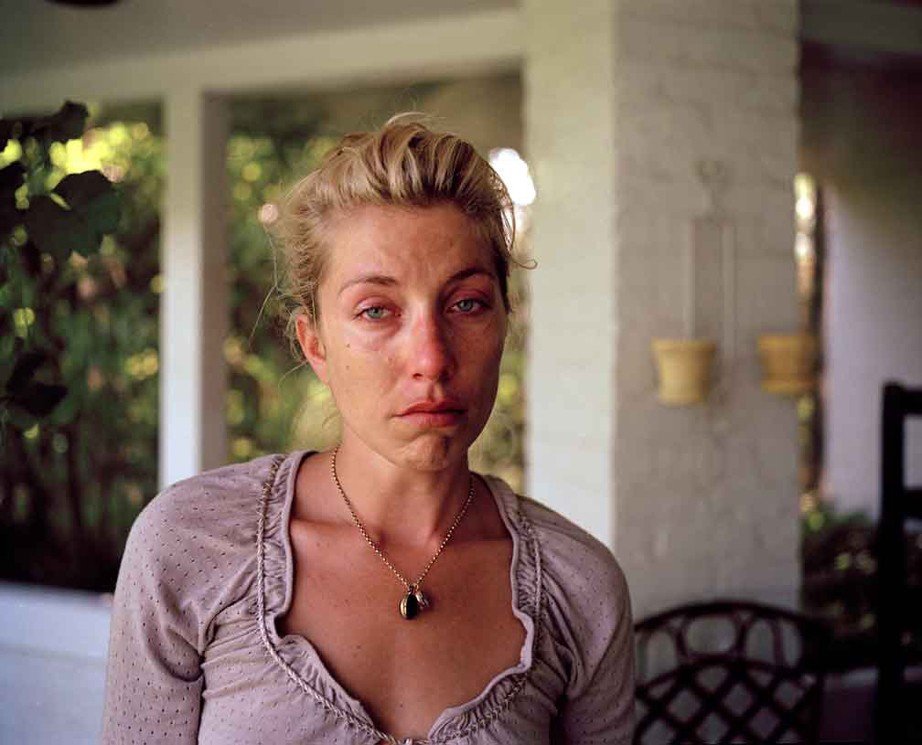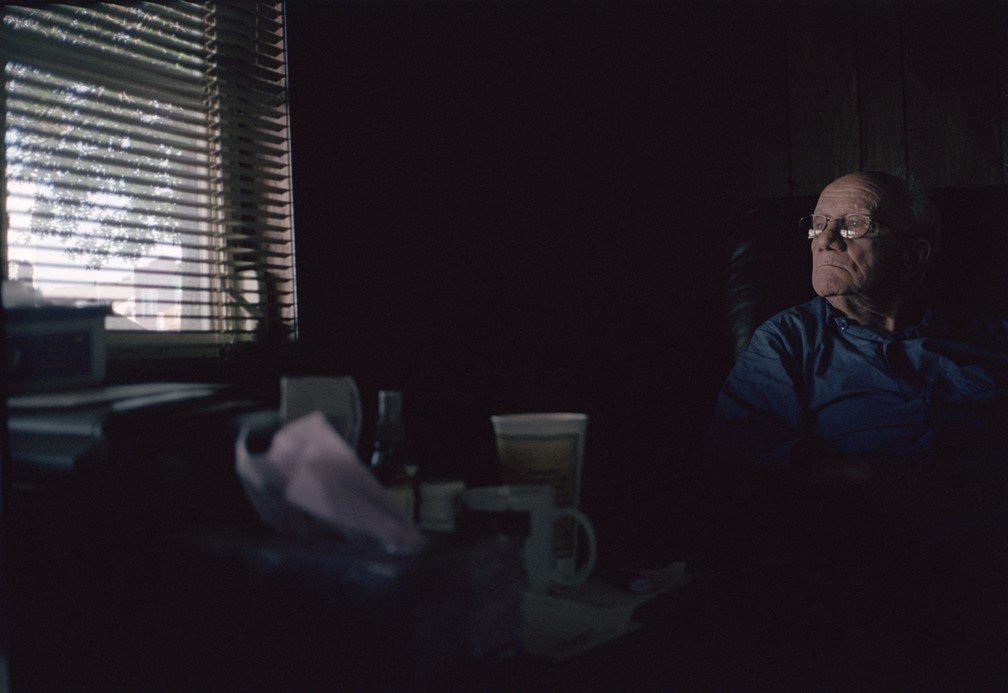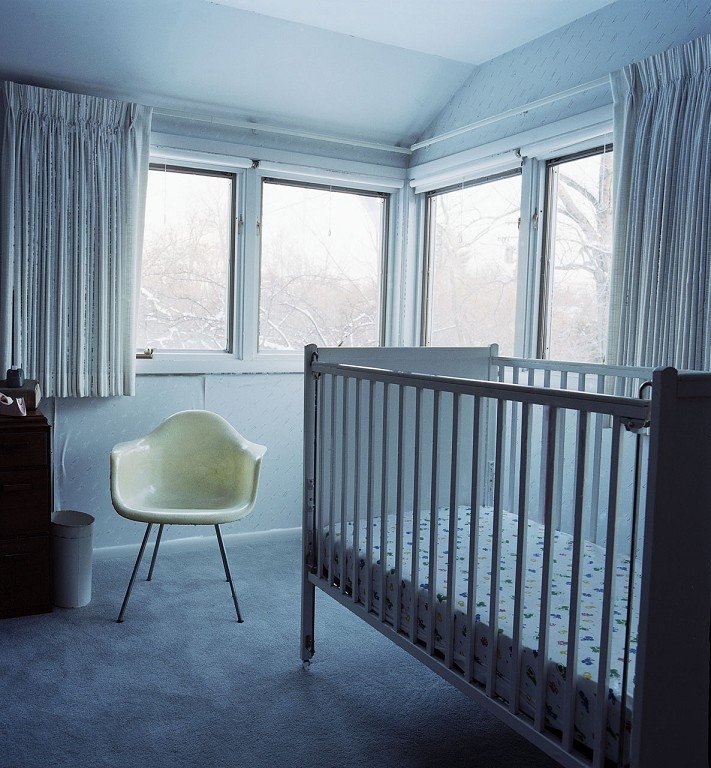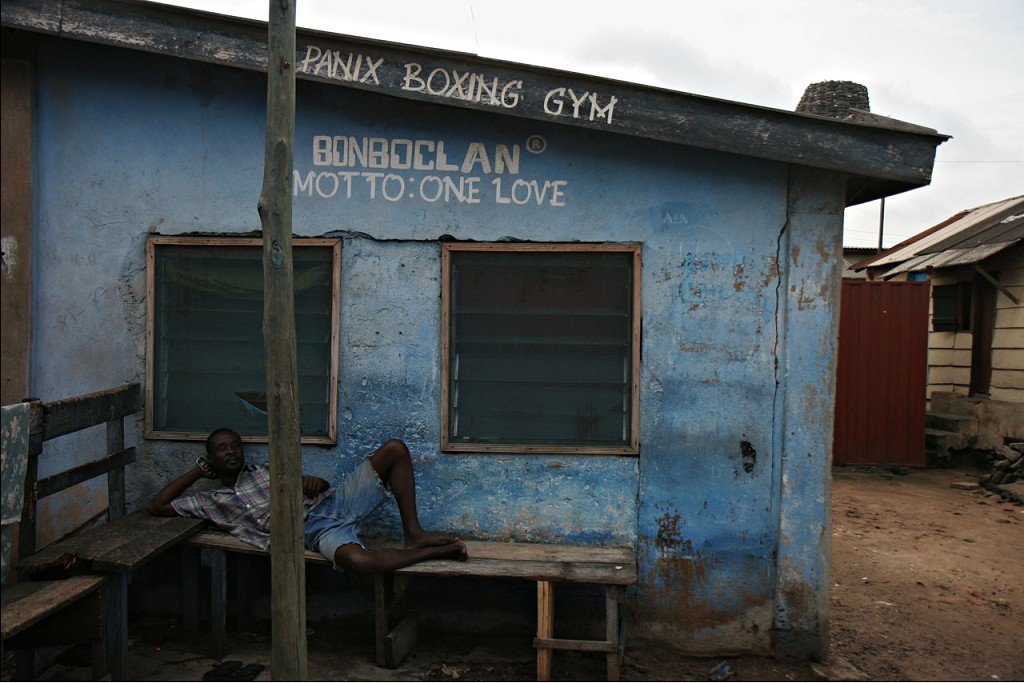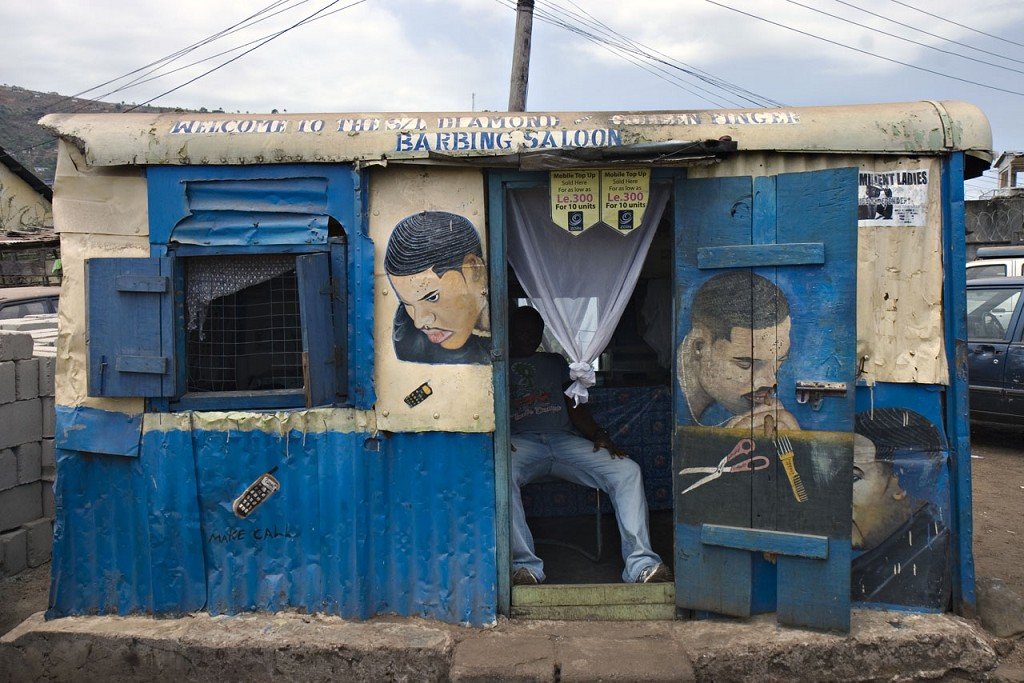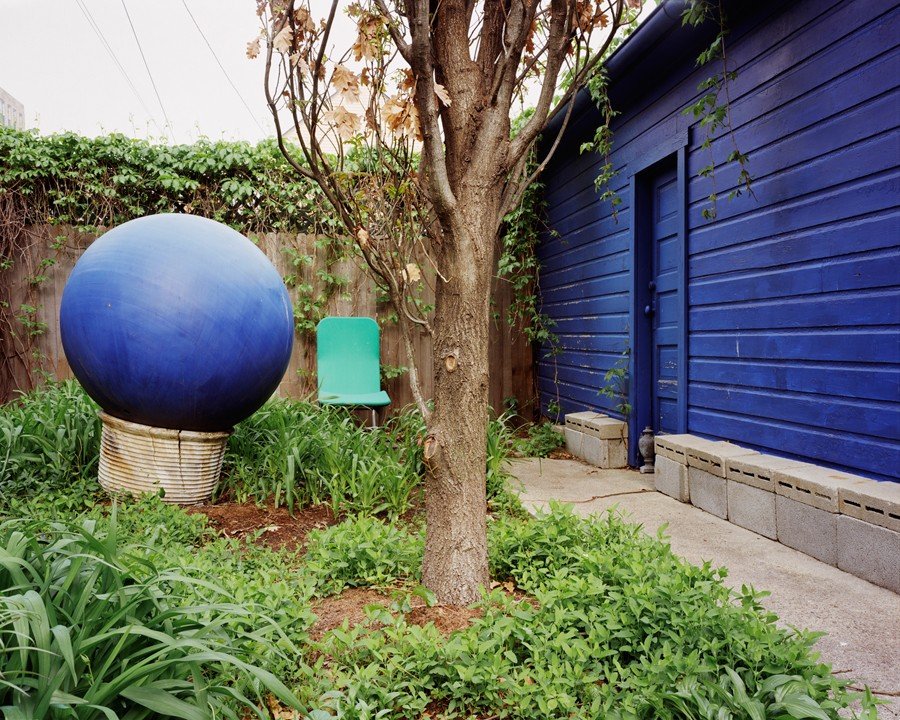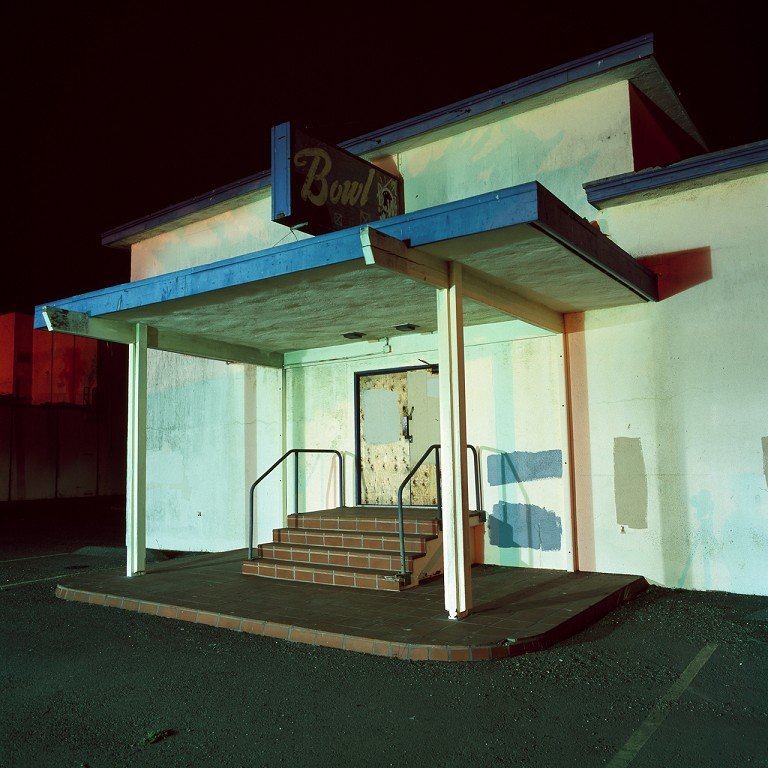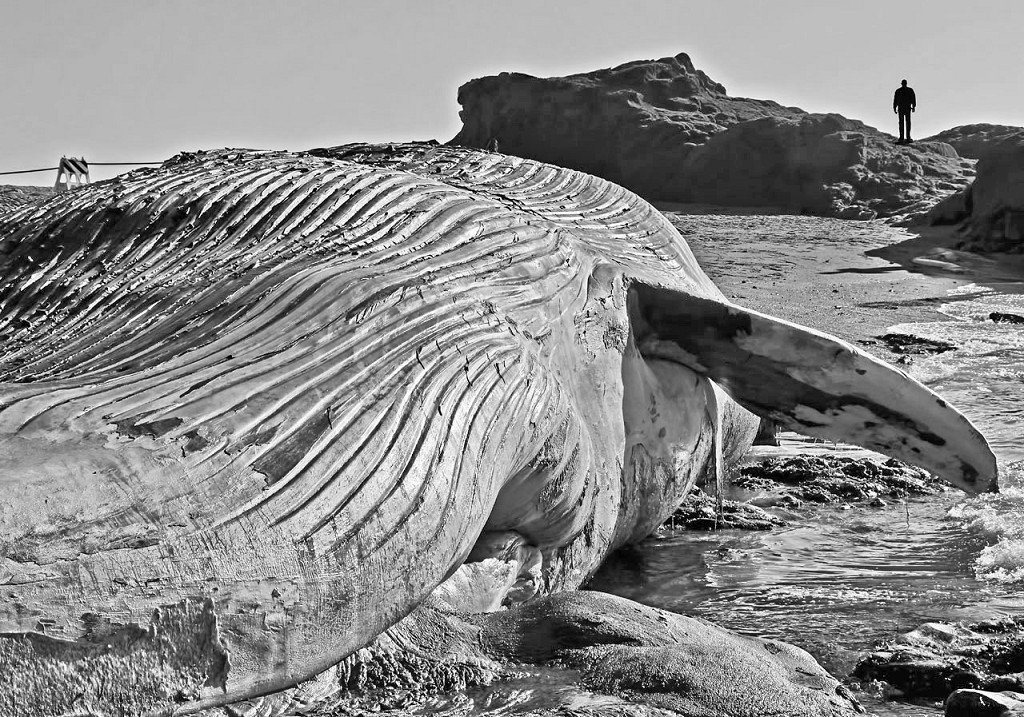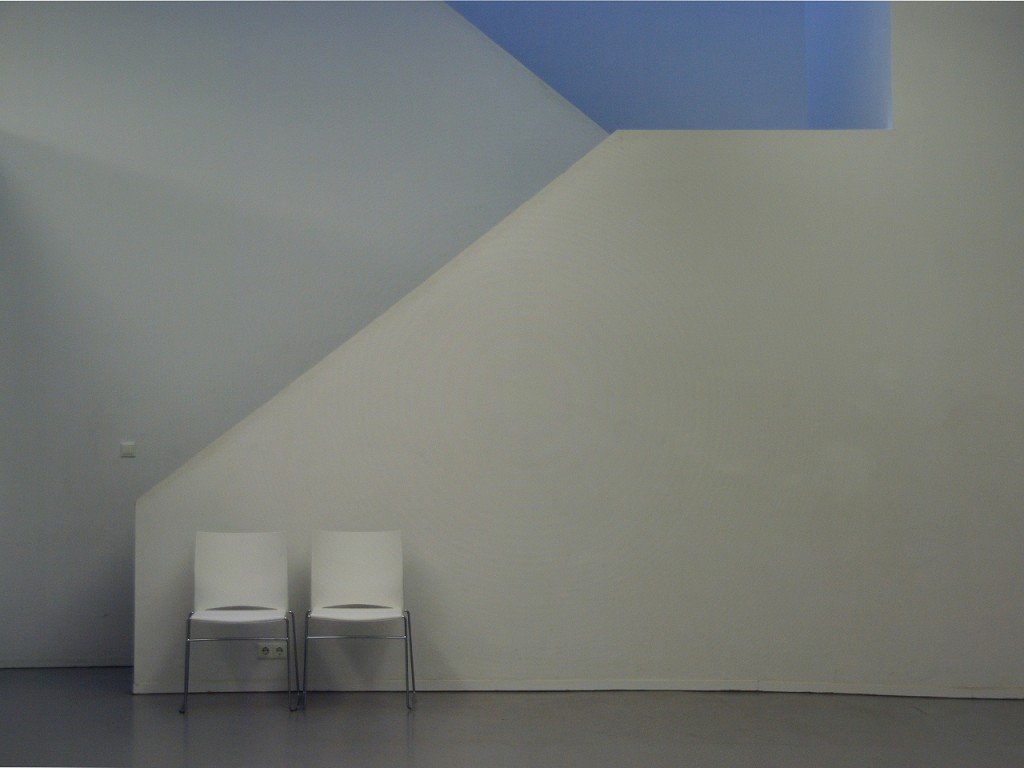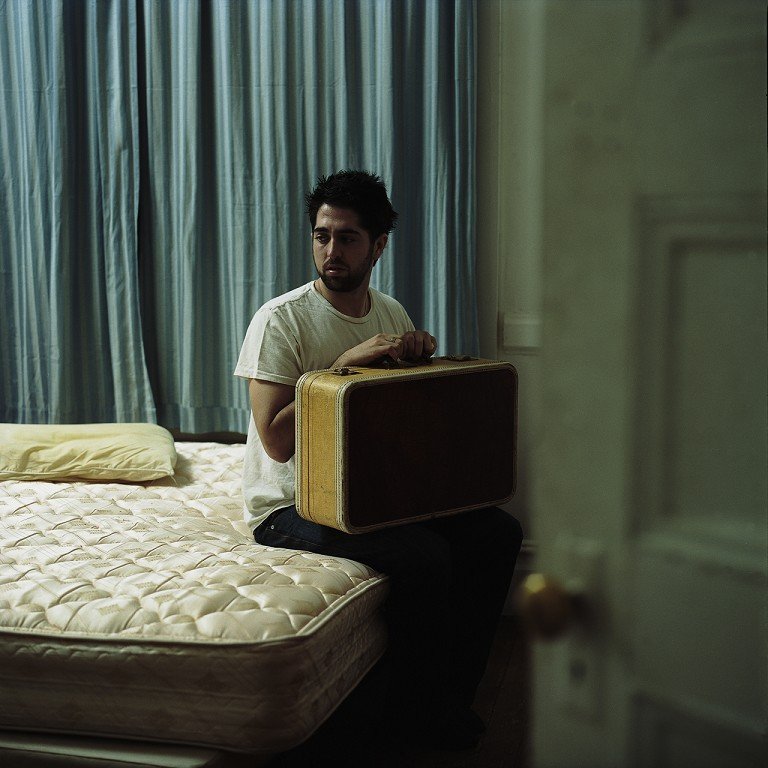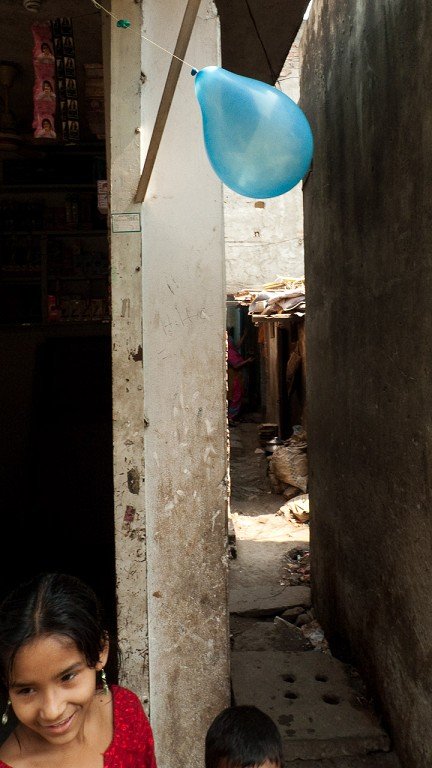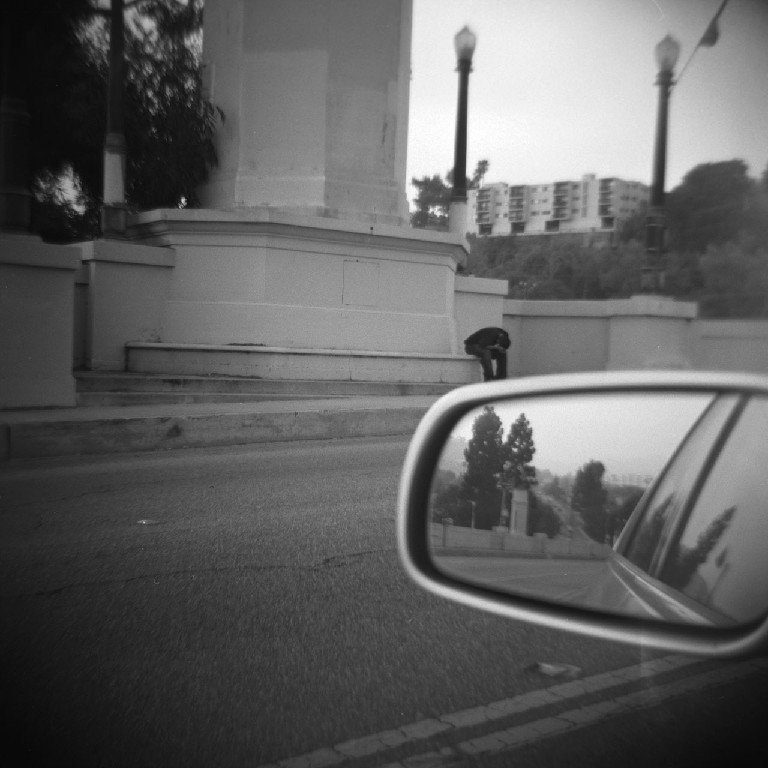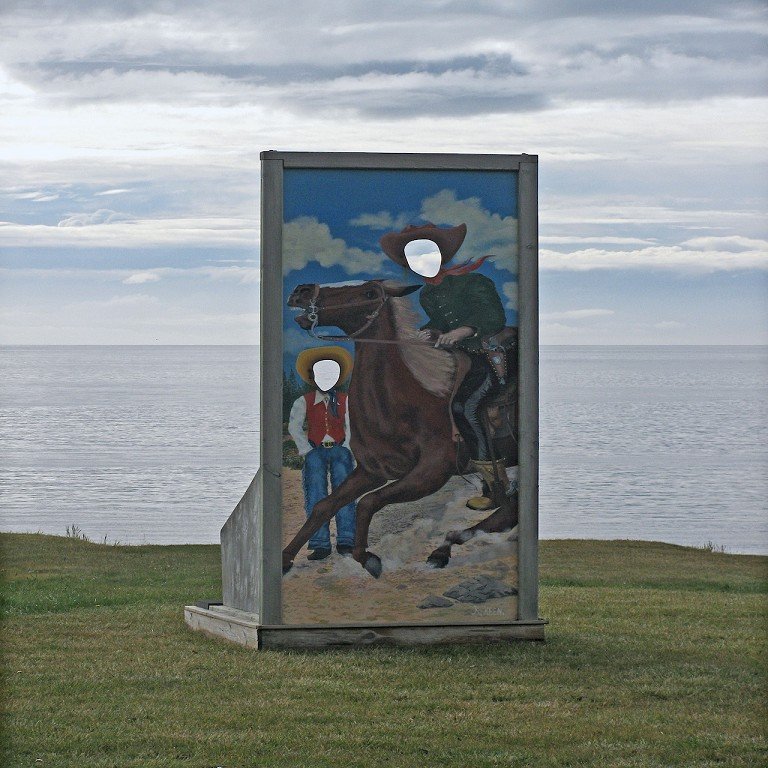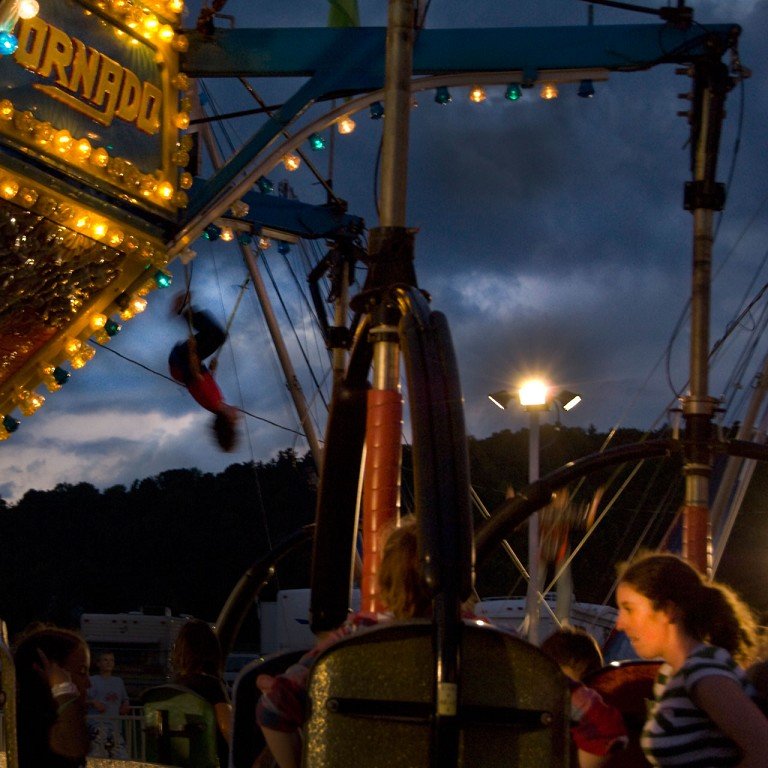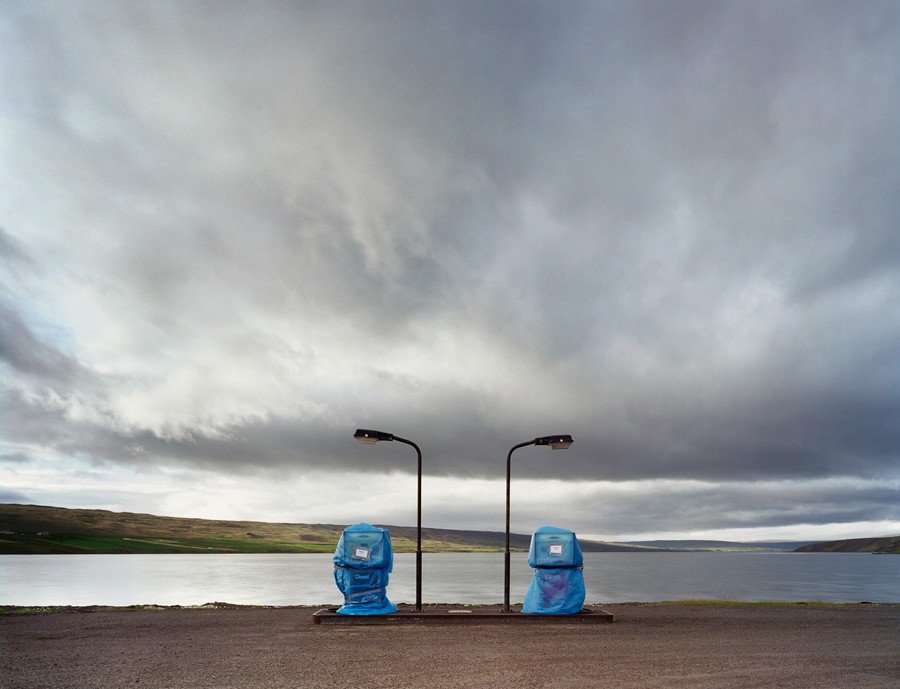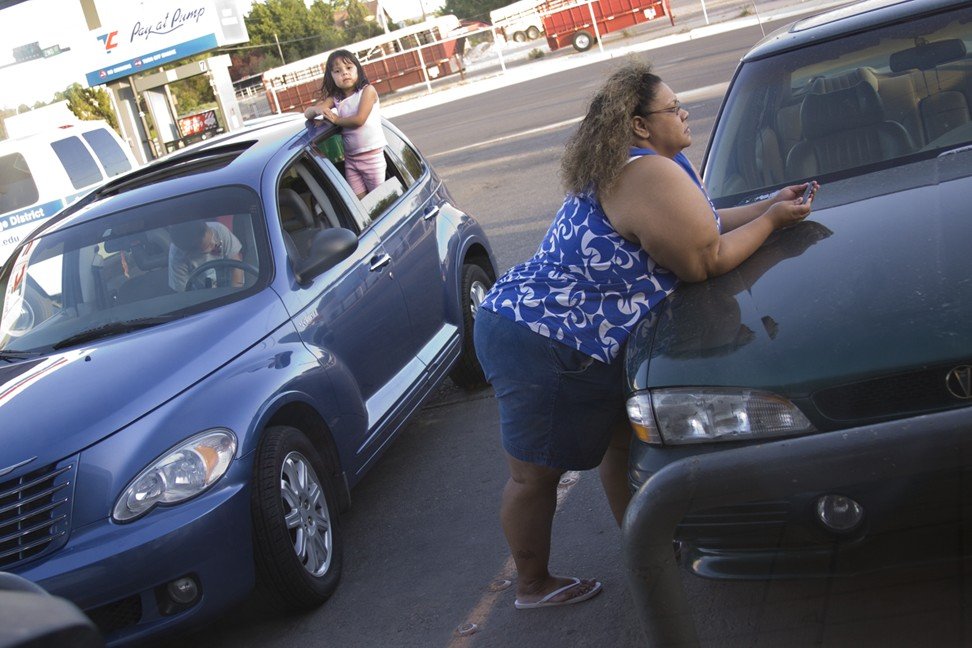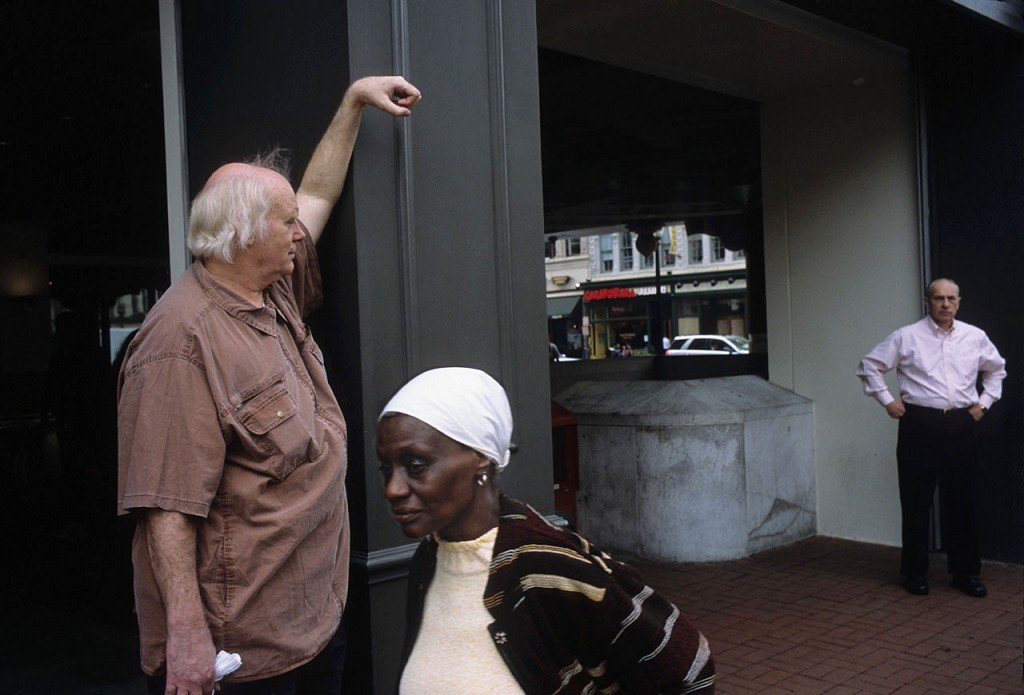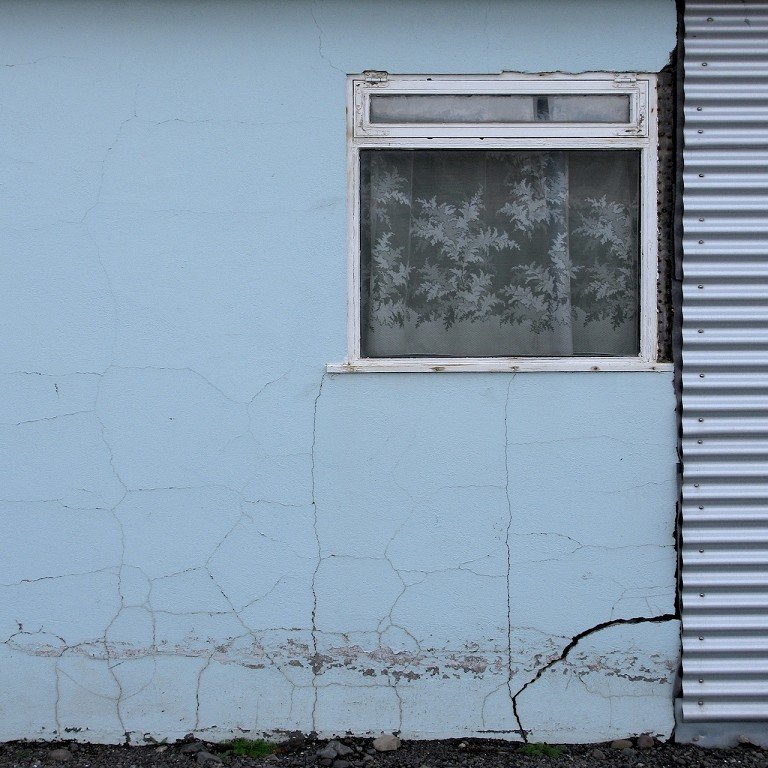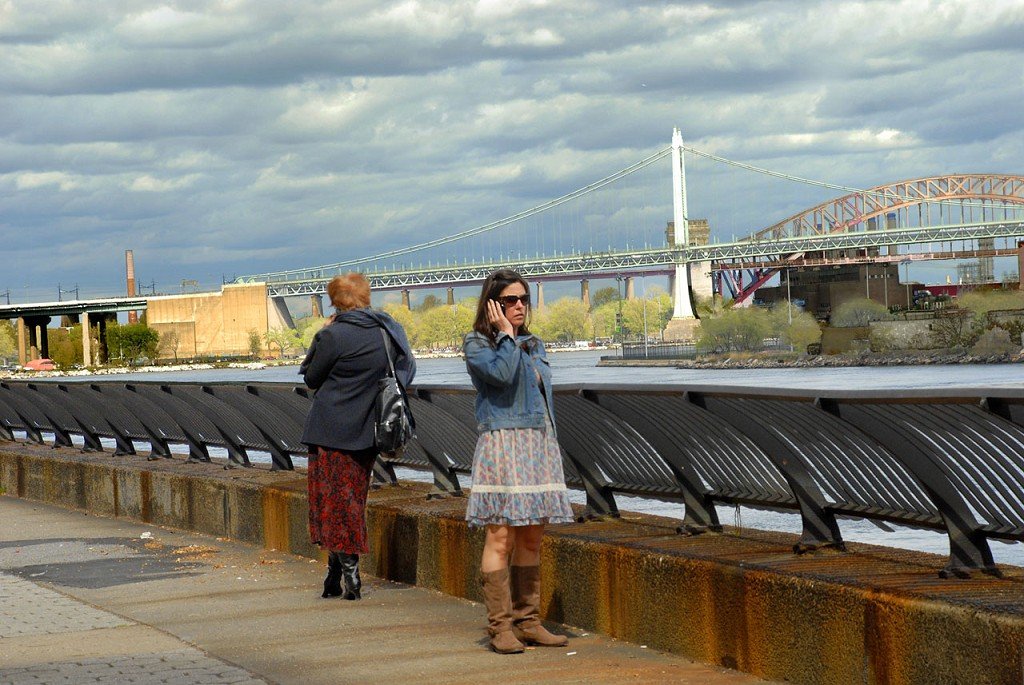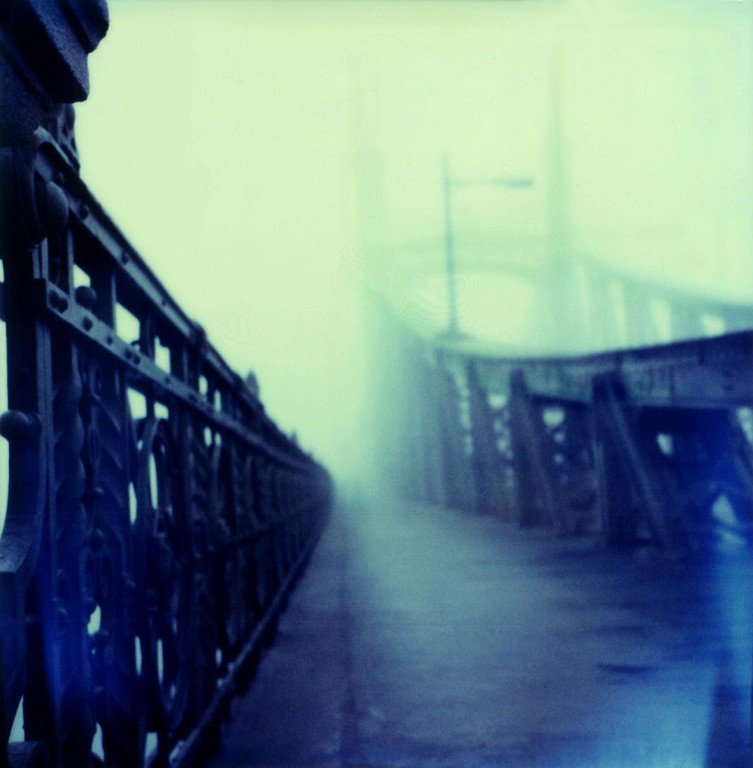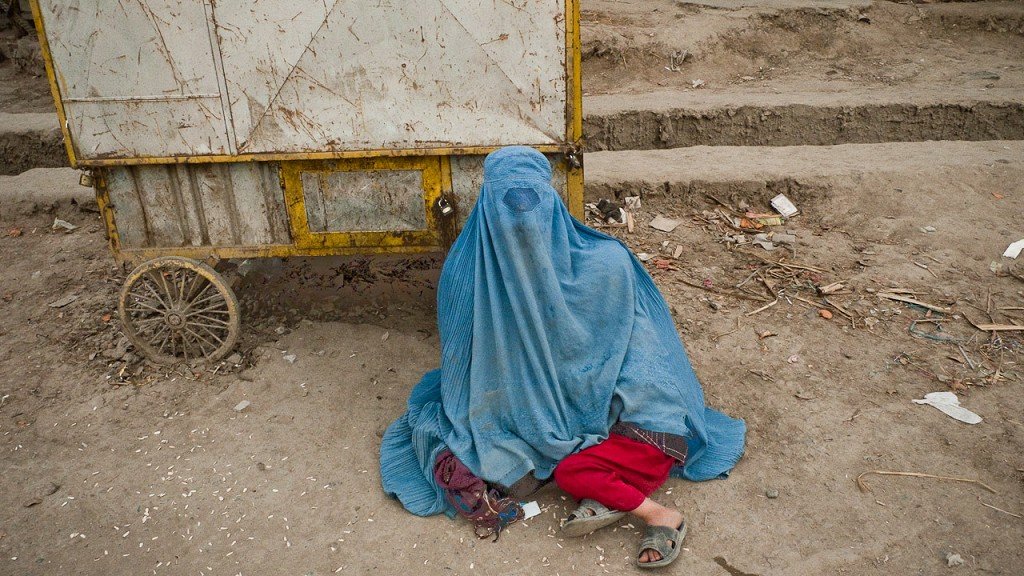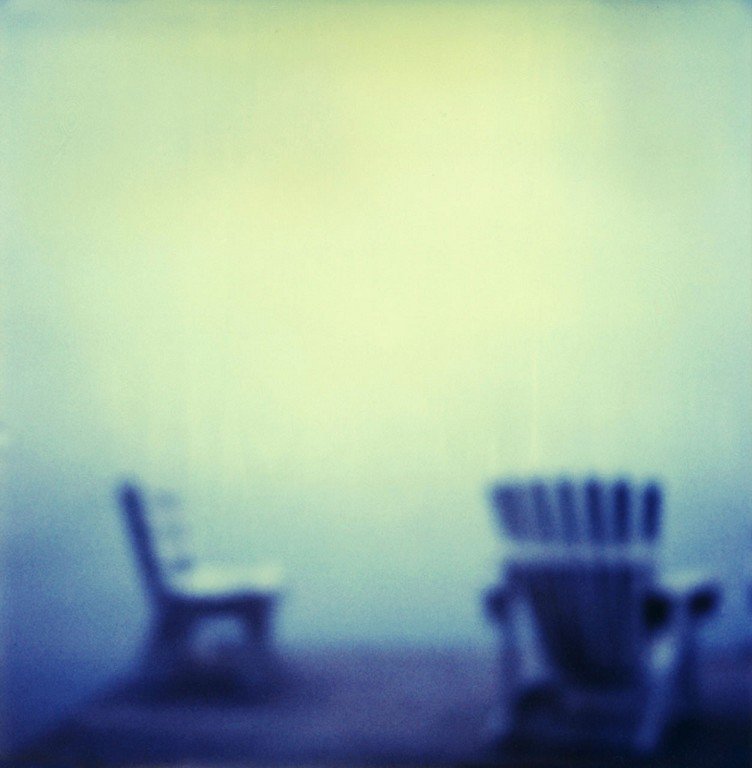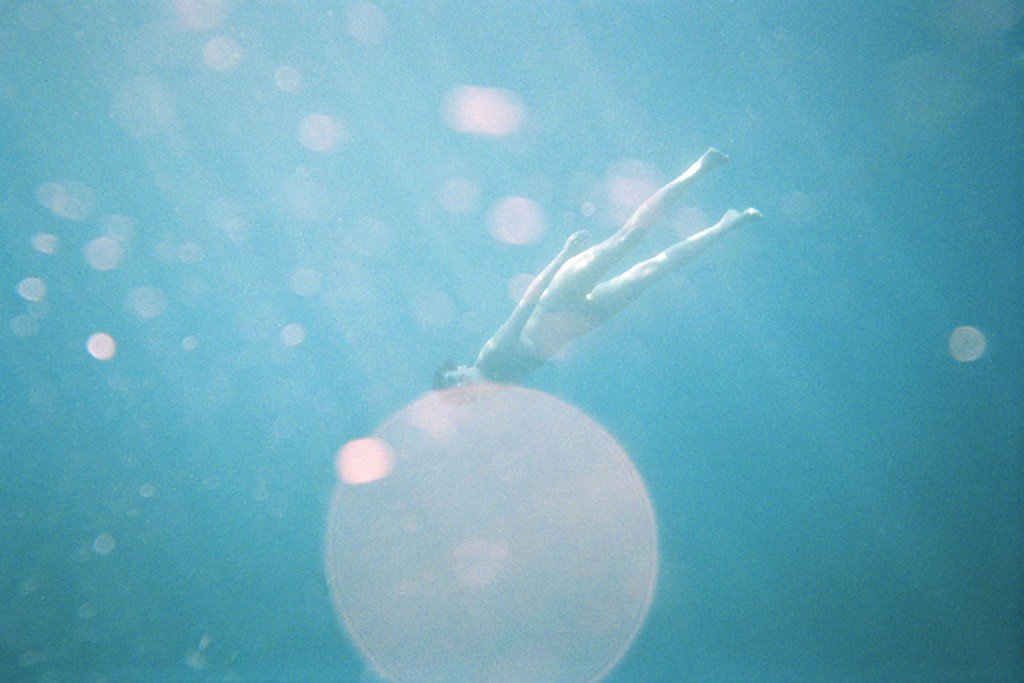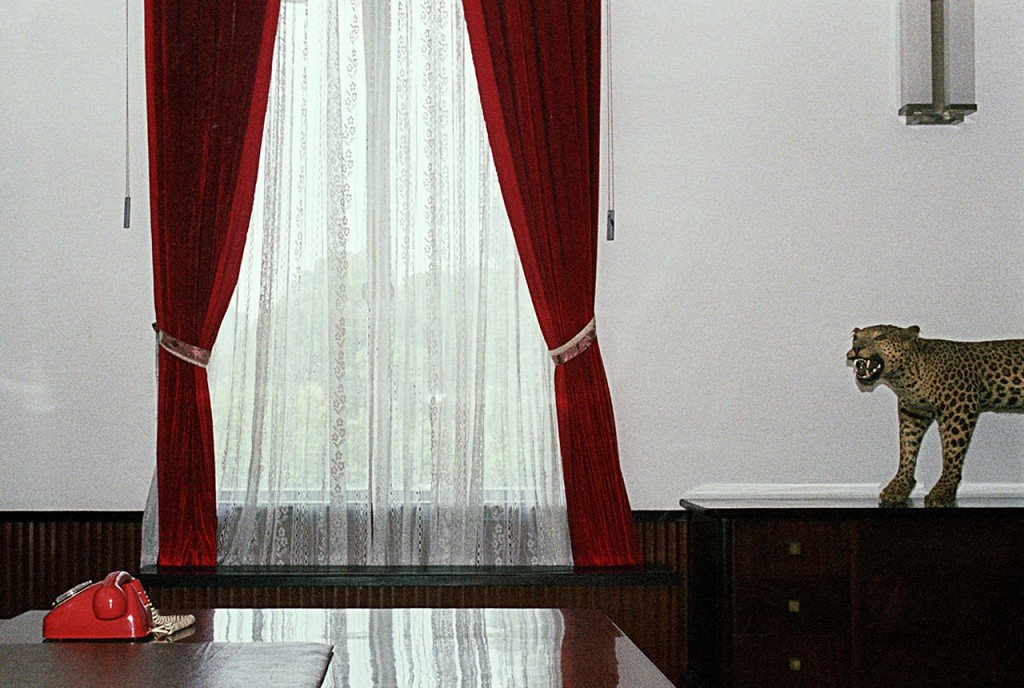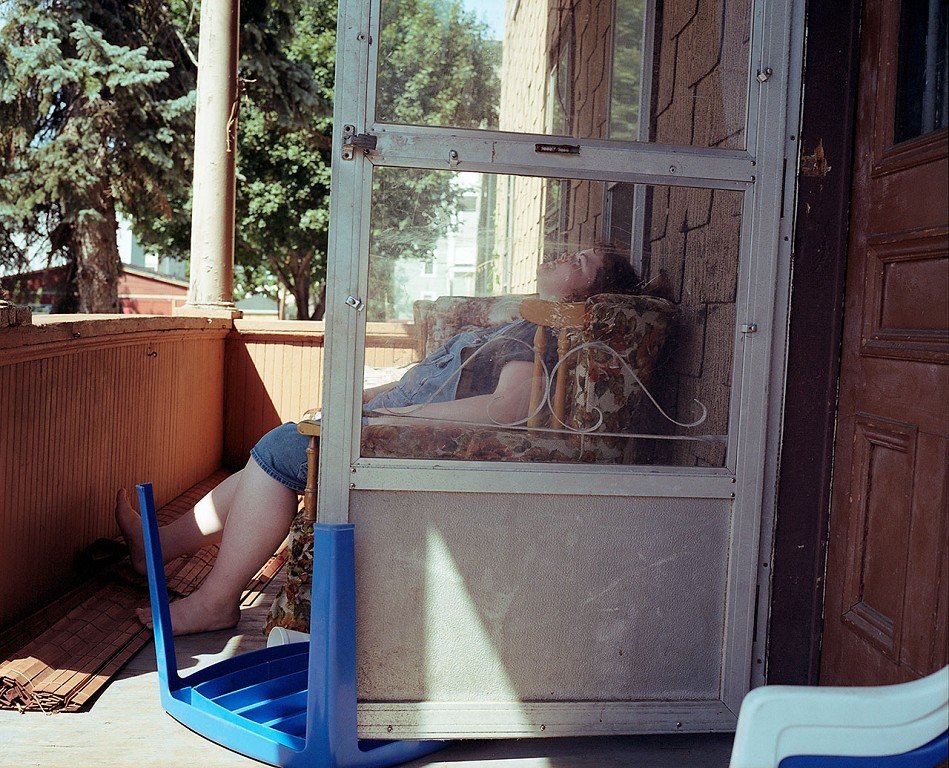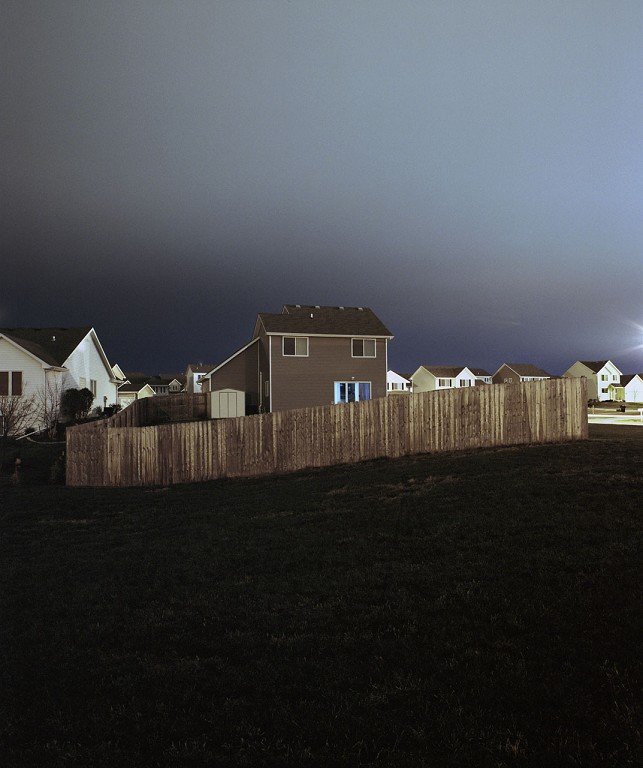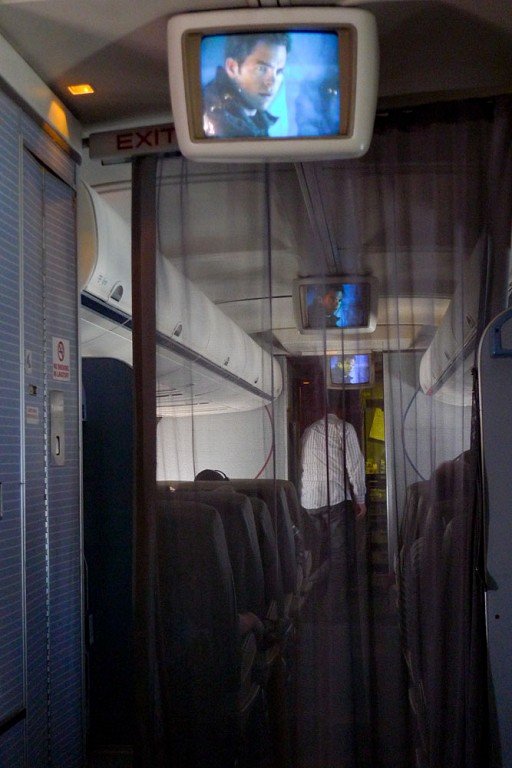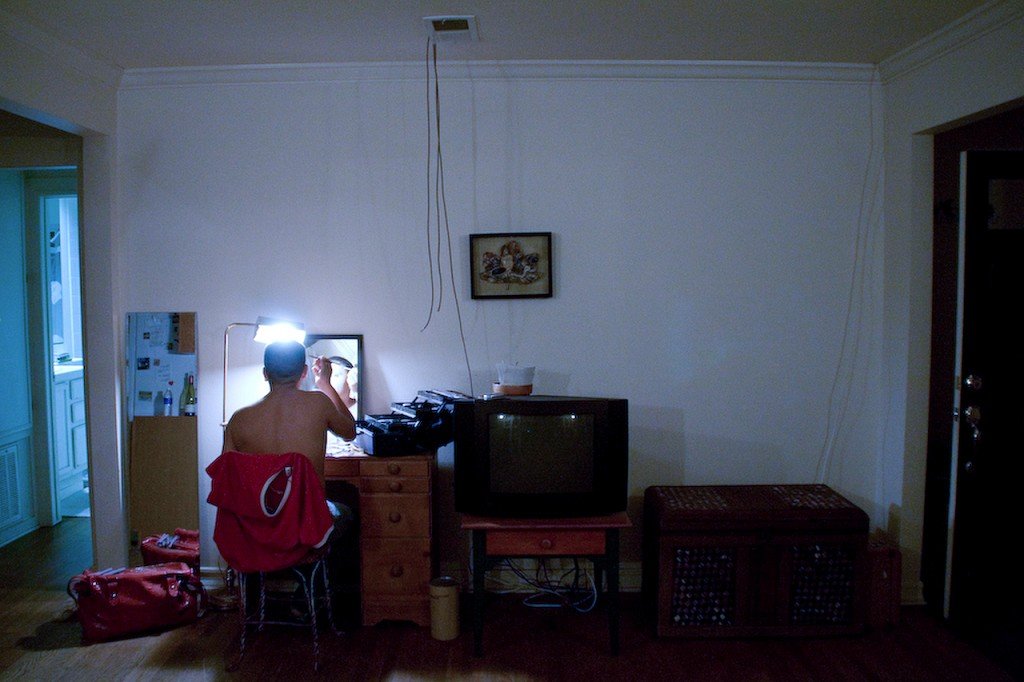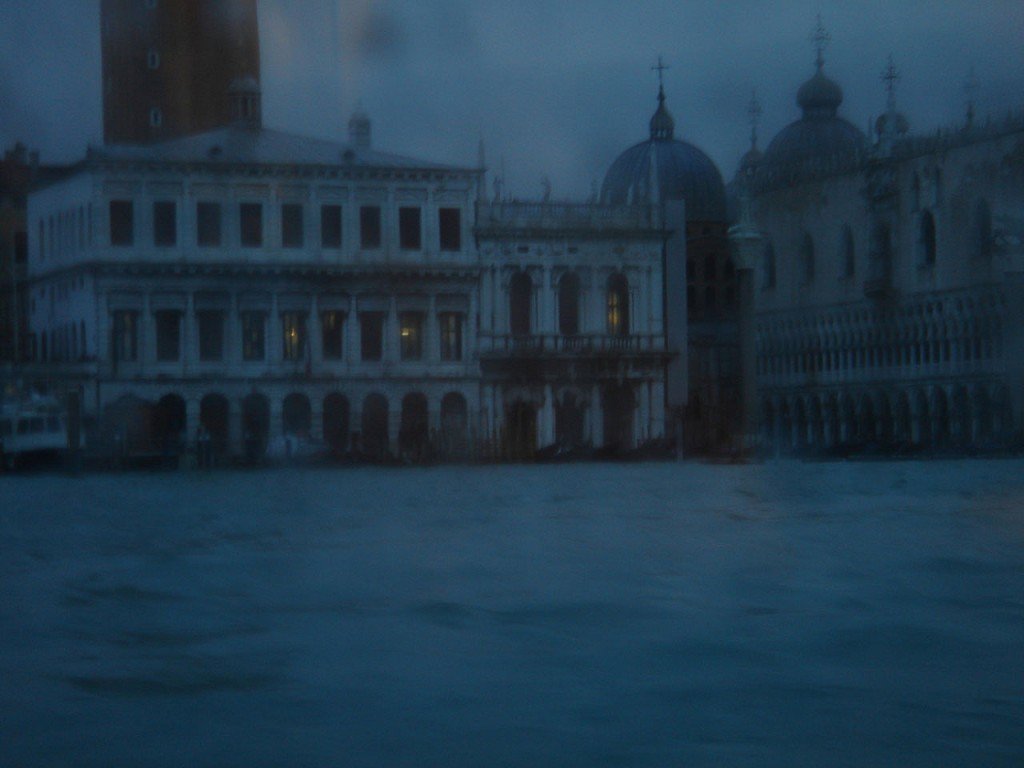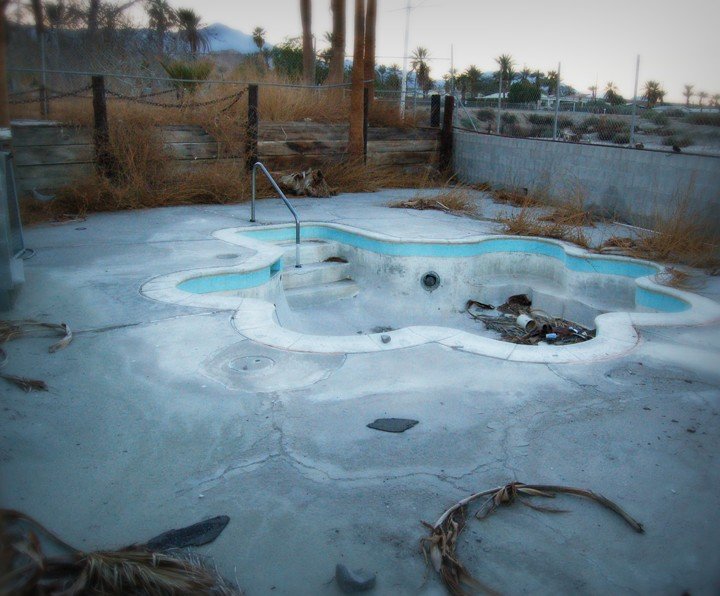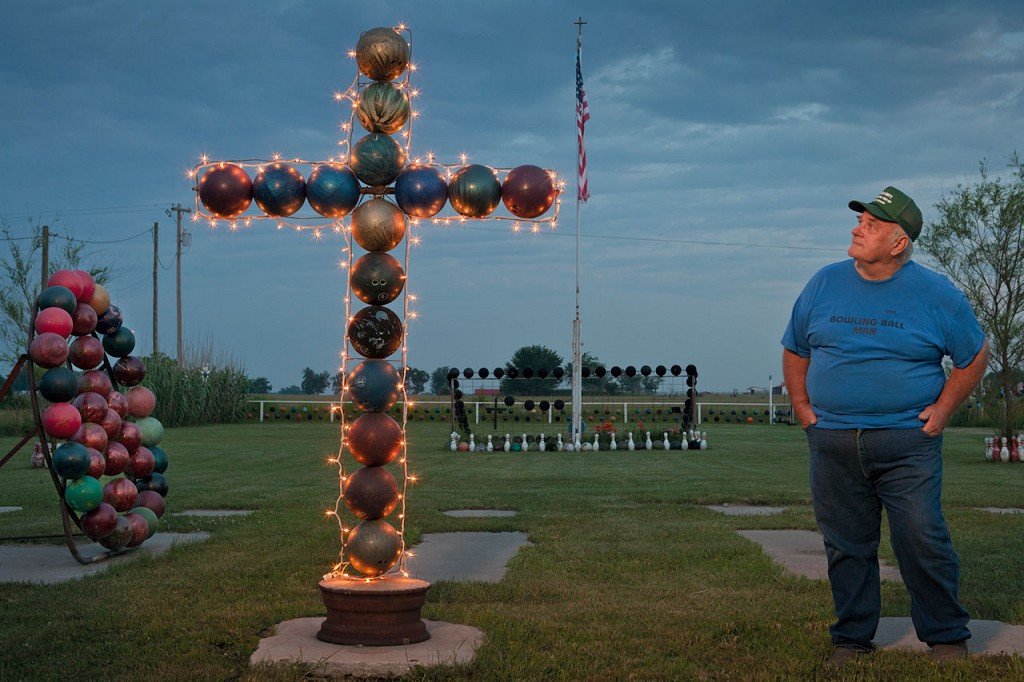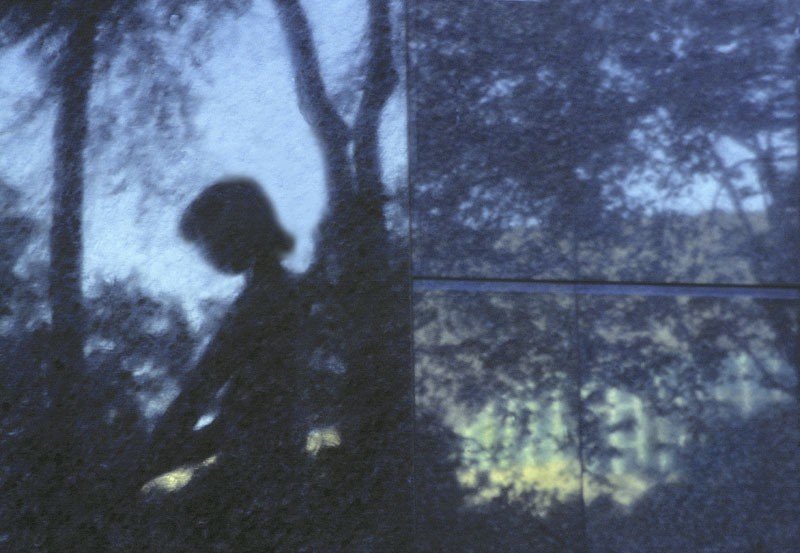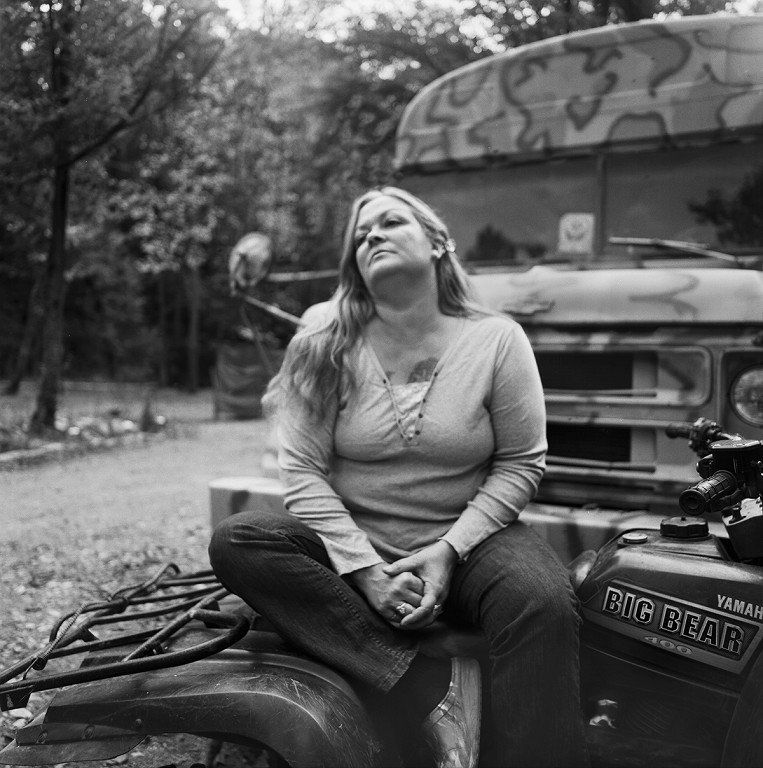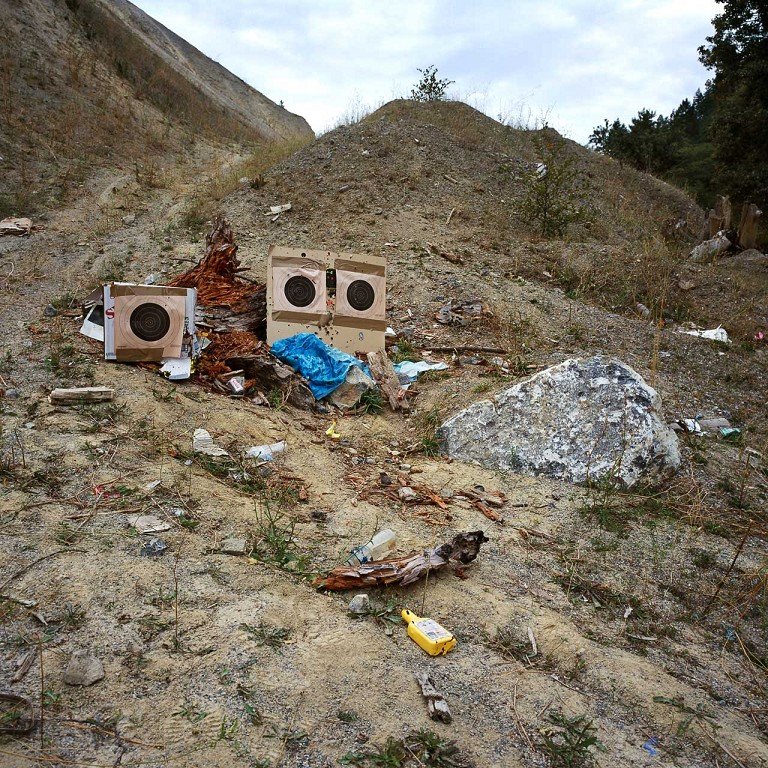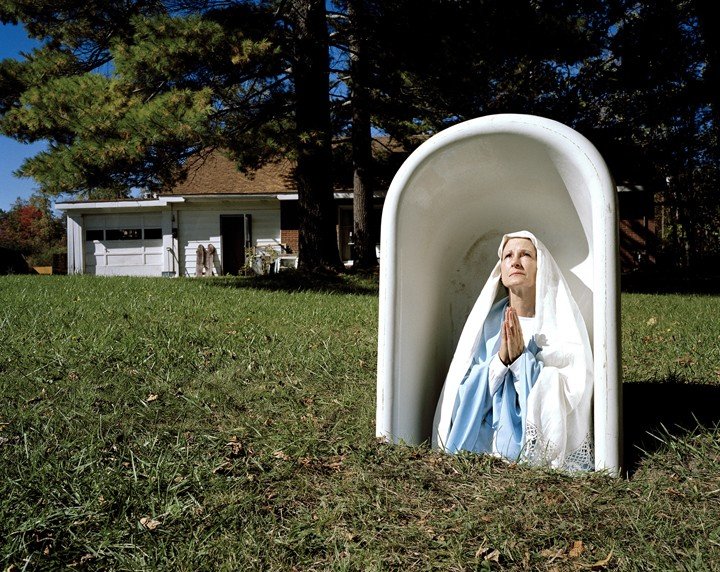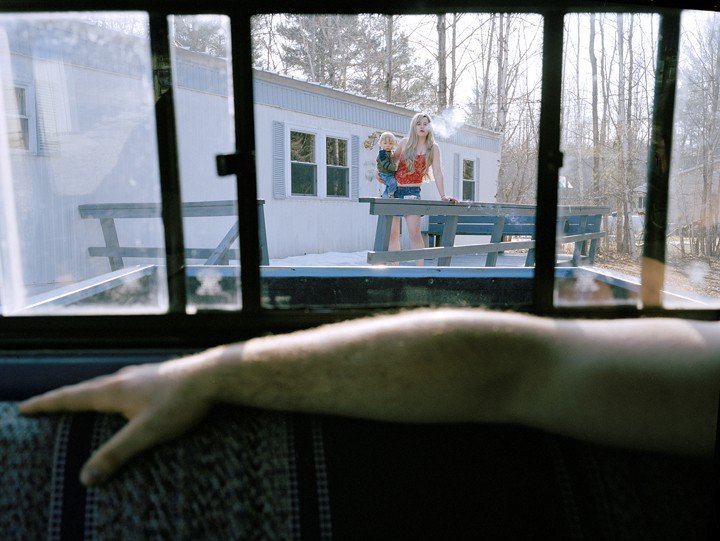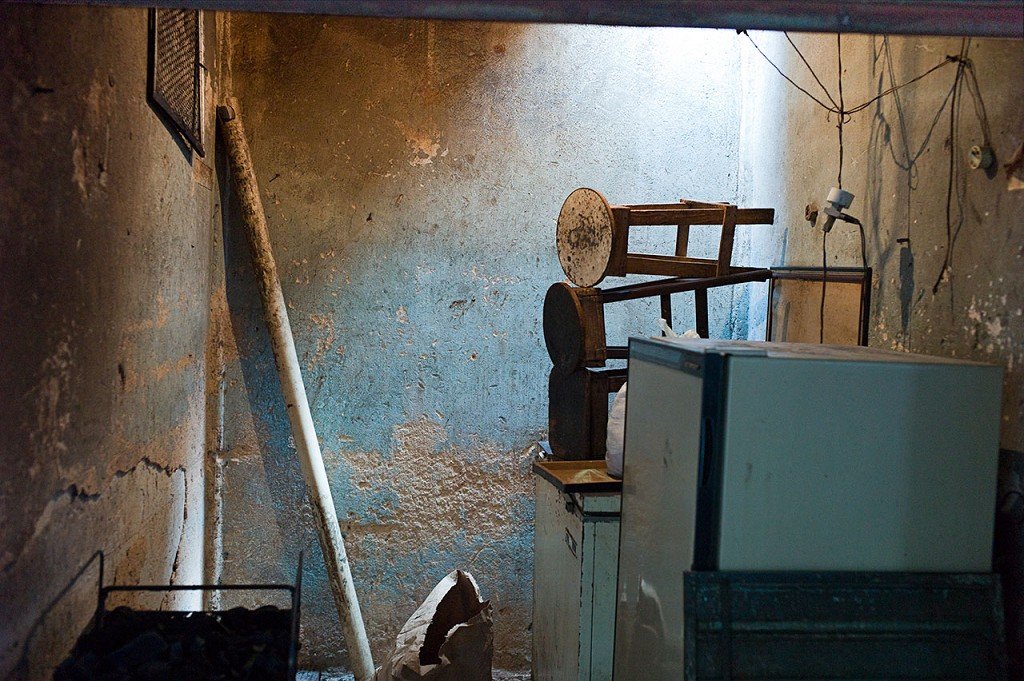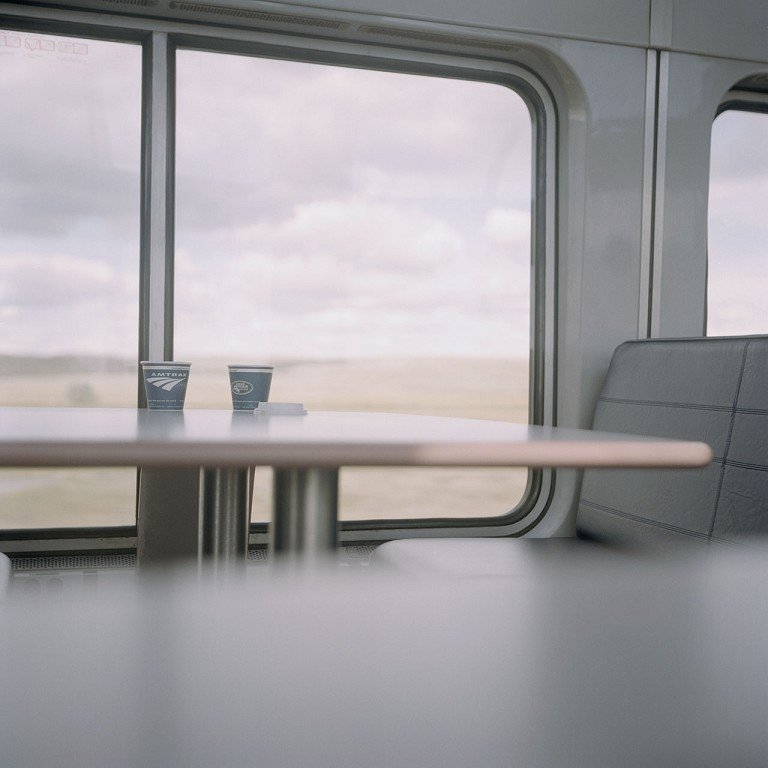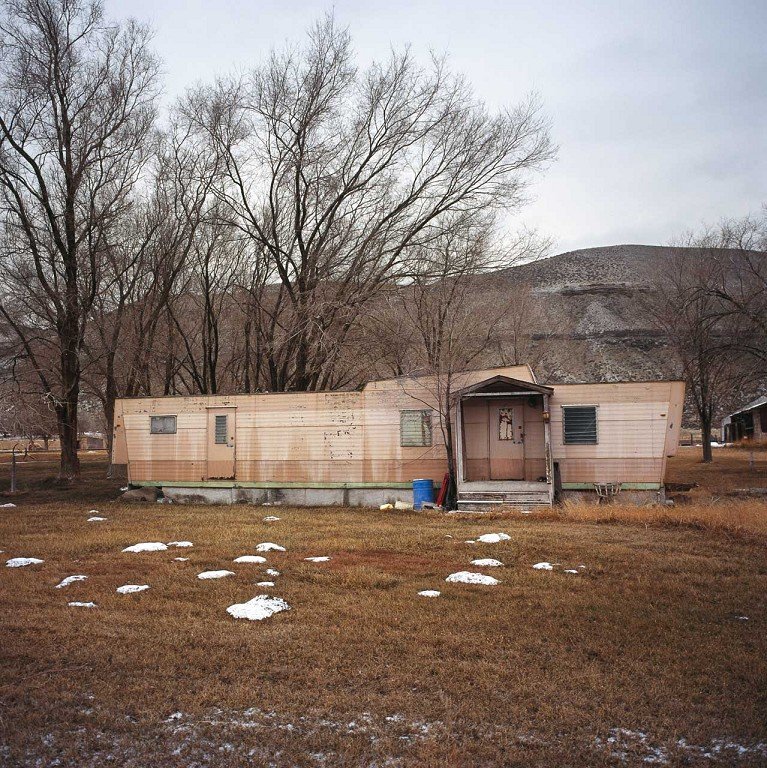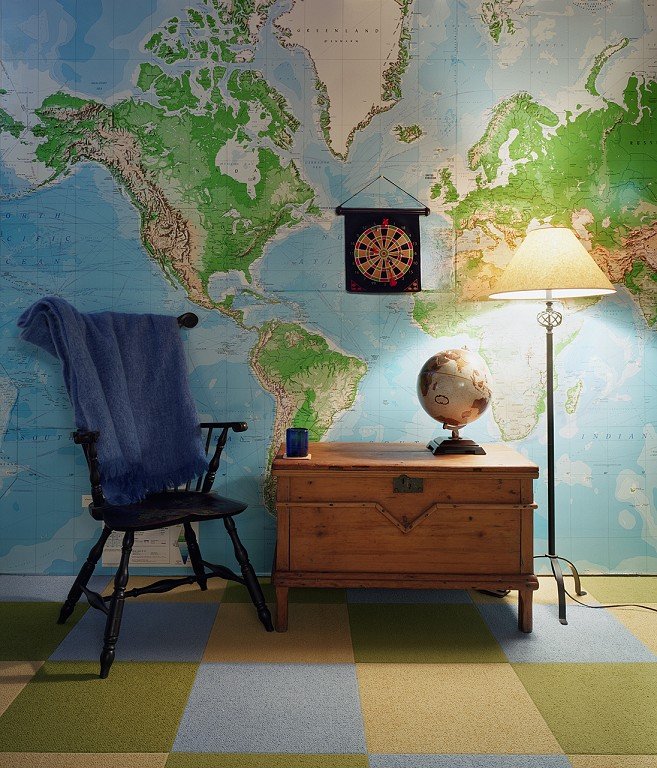EXHIBITION DETAILS
Blue
January 7 - 29, 2011
Blue is a color that runs deep with symbolism. One can see and feel blue. Blue has many emotional, religious, political and even gender connotations. Explore what blue symbolizes and how blue can illustrate a specific meaning without the use of words or even color. For ideas and suggestions of blue we recommend visiting
Alex Webb and Rebecca Norris Webb: Alex Webb became a full member of Magnum Photo in 1979. Rebecca Norris Webb is a photographer, poet and educator. Their work has been exhibited internationally been seen in numerous publications.
JURORS STATEMENT
As the economic recession continues to linger, it colors our already fragile landscape of environmental, societal, and personal loss. Unlike many of its sister arts, photography is uniquely suited to capturing the delicate palette of that which is in the process of vanishing out of sight –– be it endangered species or cultures, people or places, lifestyles or landscapes. In addition, the medium also records the individual photographer’s specific and sometimes complicated response to this diminishing. If our current time –– this 21st Century “loss zeitgeist” –– was tinged with a color, it makes sense it would be blue.
Blue is a many-faceted jewel of a color, each facet suggesting a different shading of color and mood, concept and association, not unlike the many faces of loss itself. Blue –– and “the blues” –– can bring to mind a deep longing, an ache even, an emptiness that paradoxically has heft, too. Blue can also suggest those light, ethereal, nearly transparent hues lying at the far side of grief –– inspired, spiritual even –– shades able to mesmerize, to transport us into the wide blue yonder of reverie. The more we try to describe the multitudinous blue in words, however, the more it seems to confound and, ultimately, escape us.
So, what better way to catch a glimmer of blue’s crystalline quality that to present multiple points of view of this elusive, many-faceted jewel of a hue?
Together, the 37 diverse and talented photographers in this exhibit have done just that, given their personal interpretation of blue –– from its various hues to the many moods and concepts and associations that can accompany it. Since collaborating with the world is also one of photography’s unique strengths, this exhibition also includes images taken in some 20 different countries. Blue –– and its often companion, loss –– can be international, too.
What remains after “Everybody is Gone”? This is the question Alec Von Bargen’s spare Icelandic landscape seems to ask the viewer. Taken after the country’s recent economic collapse triggered a mass exodus, Von Bargen’s image is solely peopled by two faceless cowboys painted on a mural, one astride a rearing horse, one standing in the background, both beckoning nonexistent tourists to fill in the blanks with their own smiling camera faces. Instead, the two empty holes stare silently off into the distance, one filled with blue sky, the other, with ocean. Is this the answer to the photograph’s quiet question? Could it be that absence itself is blue?
Andrea Tese’s interpretation of blue feels more visceral –– like the fresh, blue-black bruise of recent loss. Tese’s moving portraits –– including the raw, vulnerable portrait of a young woman who looks like she’s been crying –– are part of her series called “After,” which explores those moments that occur in the long shadow cast by loss and love and life’s many complicated experiences. “These images are scenes of loss, decay, and departed desire,” writes the emerging photographer, who recently had her first New York City solo show.
“Melancholy is sadness that has taken on lightness,” the Italian writer, Italo Calvino once wrote. This line aptly describes the mood of Kirsten Hoving’s surreal and mesmerizing interpretation of blue, “Fallen Angel.” This image, although taken recently at her local Vermont county fair, blurs the boundaries between now and then, dream and reality, like the dim light of dusk itself, thanks in part to Hoving’s intelligent, surprising, and whimsical eye. “In the past,” Hoving notes, “the edge of the midway was the site of ‘girlie shows’ and strip-tease acts. Today, the fallen women can be found bungee-jumping.”
Alex Webb and Rebecca Norris Webb
